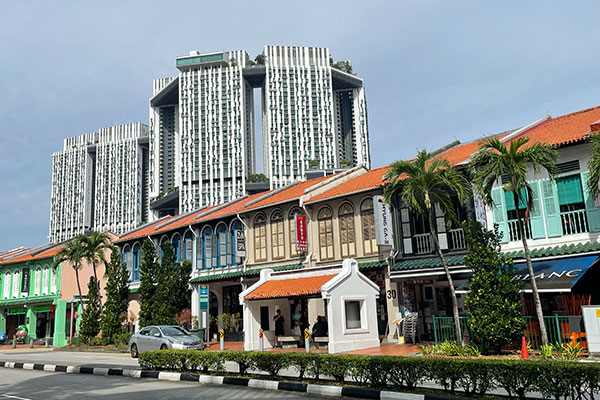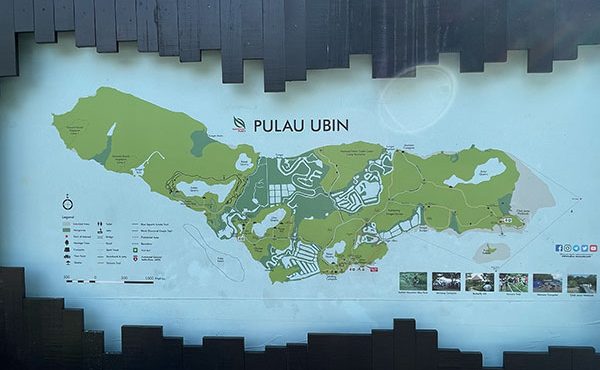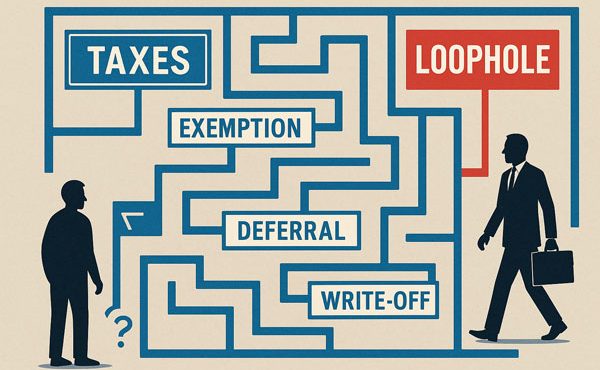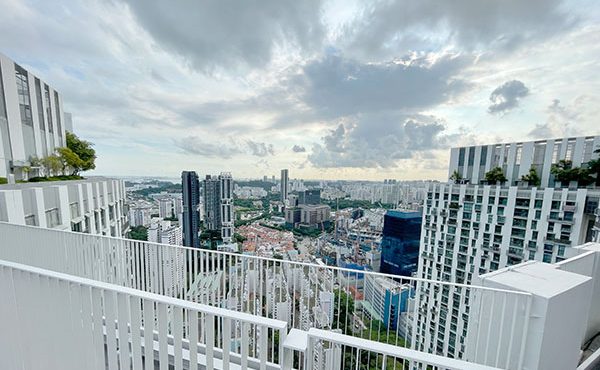
Singapore leaves an impression not just of a place, but of a proposition. A city built with such clarity of purpose and orchestration that it appears less like an organic evolution and more like a thesis. The Singapore Chronicles have explored its housing paradigms, conservation logics, colonial legacies, environmental edges, and data-driven urbanism. But beneath each of these lies a deeper set of questions about what planning does, and what it should do.
Planning, in Singapore, is inseparable from governance. It is not just a technical toolkit but a mechanism of statecraft. From the early days of nation-building to its present as a global city, planning has been deployed to deliver not only infrastructure and housing, but ideological stability, social cohesion, and economic competitiveness.
The Housing & Development Board (HDB) does more than provide shelter; it choreographs social interaction, economic equity, and civic behaviour. The Urban Redevelopment Authority (URA) curates not just the skyline, but the nation’s memory.
This is planning as governance by design.
One cannot discuss this governance without acknowledging the educational infrastructure that sustains it. From the outset, Singapore has tied its administrative legitimacy to intellectual and managerial merit. The civil service, often described as among the most competent in the world, is underpinned by rigorous educational pathways and technocratic recruitment.
Planning, in this context, is entrusted not only to experts but to individuals who have demonstrated capability in navigating complexity and delivering public outcomes. This culture of competence reinforces a public trust in the system’s capacity to deliver, but also narrows the range of acceptable political discourse.
It privileges order, logic, and solutionism—traits deeply embedded in Singapore’s approach to urbanism.
This being the case, the Singapore model has delivered incredible, enviable outcomes. Homeownership rates above 90%, near-zero homelessness, integrated towns with walkable amenities, and increasingly sophisticated responses to climate and demographic change. Its streets are among the cleanest and safest in the world, and its transit system is undoubtedly one of the most efficient and easy-to-use.
Yet each achievement carries a counterweight. The same system that prevents elite enclaves also restricts personal choice. The same conservation that protects heritage districts also curates them into themed environments. The same data that powers health-focused interventions also raises questions about agency and surveillance.
Singapore is often described as a “model city,” but every model simplifies. The simplification here lies in the illusion of coherence. Beneath the polished surfaces, tensions persist: between efficiency and expression, between memory and erasure, between technological optimism and affective life.
What happens when planning succeeds too well? When is the choreography so tight that improvisation becomes difficult?
Urban life, after all, is not a system to be perfected but a condition to be inhabited. The complexity of cities lies not in their infrastructure alone, but in the unpredictable, often messy interplay of desire, dissent, adaptation, and everyday care.
As Singapore moves into a new era—one shaped by an ageing population, climate urgency, and shifting social norms—it must continue to evolve from control to co-creation. The question is not whether planning should be central, but how that centrality can embrace uncertainty, multiplicity, and change.
There are signs of this shift: community-engaged conservation, participatory data tools, and more flexible housing types. Yet these remain bounded by the state’s broader logic of managed experimentation. The paradox of Singapore is that even its flexibility is planned.
And while many cities struggle to find a path toward sustainability, Singapore’s relevance grows in the context of the climate crisis. The conveniences and inequities that shape life in much of the “Global North”—particularly those fuelled by consumerism and car dependence—are increasingly untenable.
In contrast, Singapore offers a glimpse, however imperfect, of what coordinated, resource-conscious urbanism might look like in an era of ecological constraint. The choices it makes—on density, on transit, on governance—raise difficult but necessary questions for planners elsewhere. Something will have to give.
This is not a critique, but a provocation.
In an age of planetary instability, can cities afford to be chaotic? Or must they become more like Singapore—deliberate, integrated, resilient? And if so, what might be lost in the process?
Singapore offers a mirror in which other cities might glimpse their futures. But it also invites caution: models are not templates, and planning is not a panacea. As planners, we are tasked not only with shaping space, but with asking who that space serves, how it is inhabited, and what futures it enables or forecloses.
The Singapore Chronicles end here, but the questions don’t. They persist in the spaces between blueprint and behaviour, between order and the messiness inherent to urban life.
It is in these tensions that planning becomes not just a discipline, but an ethics.
***
All pieces in The Singapore Chronicles:
- Part 1 – Introduction: The Paradoxical City
- Part 2 – Singapore’s Urban History in Four Acts
- Part 3 – The Politics of Preservation
- Part 4 – Housing the Nation
- Part 5 – Memory in the Margins
- Part 6 – Designing for Urban Health
- Part 7 – Conclusion
- Part 8 – Divergent Models: Singapore, Barcelona, Vancouver
***
Erick Villagomez is the Editor-in-Chief at Spacing Vancouver and teaches at UBC’s School of Community and Regional Planning. He is also the author of The Laws of Settlements: 54 Laws Underlying Settlements Across Scale and Culture.




